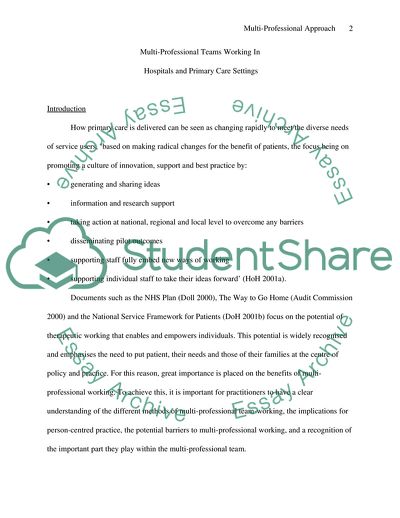Cite this document
(Multi-Professional Teams Working In Primary Care Literature review, n.d.)
Multi-Professional Teams Working In Primary Care Literature review. Retrieved from https://studentshare.org/health-sciences-medicine/1703013-discuss-the-advantages-and-disadvantages-of-multi-professional-teams-working-in-hospitals-and-primary-care-settings
Multi-Professional Teams Working In Primary Care Literature review. Retrieved from https://studentshare.org/health-sciences-medicine/1703013-discuss-the-advantages-and-disadvantages-of-multi-professional-teams-working-in-hospitals-and-primary-care-settings
(Multi-Professional Teams Working In Primary Care Literature Review)
Multi-Professional Teams Working In Primary Care Literature Review. https://studentshare.org/health-sciences-medicine/1703013-discuss-the-advantages-and-disadvantages-of-multi-professional-teams-working-in-hospitals-and-primary-care-settings.
Multi-Professional Teams Working In Primary Care Literature Review. https://studentshare.org/health-sciences-medicine/1703013-discuss-the-advantages-and-disadvantages-of-multi-professional-teams-working-in-hospitals-and-primary-care-settings.
“Multi-Professional Teams Working In Primary Care Literature Review”. https://studentshare.org/health-sciences-medicine/1703013-discuss-the-advantages-and-disadvantages-of-multi-professional-teams-working-in-hospitals-and-primary-care-settings.


